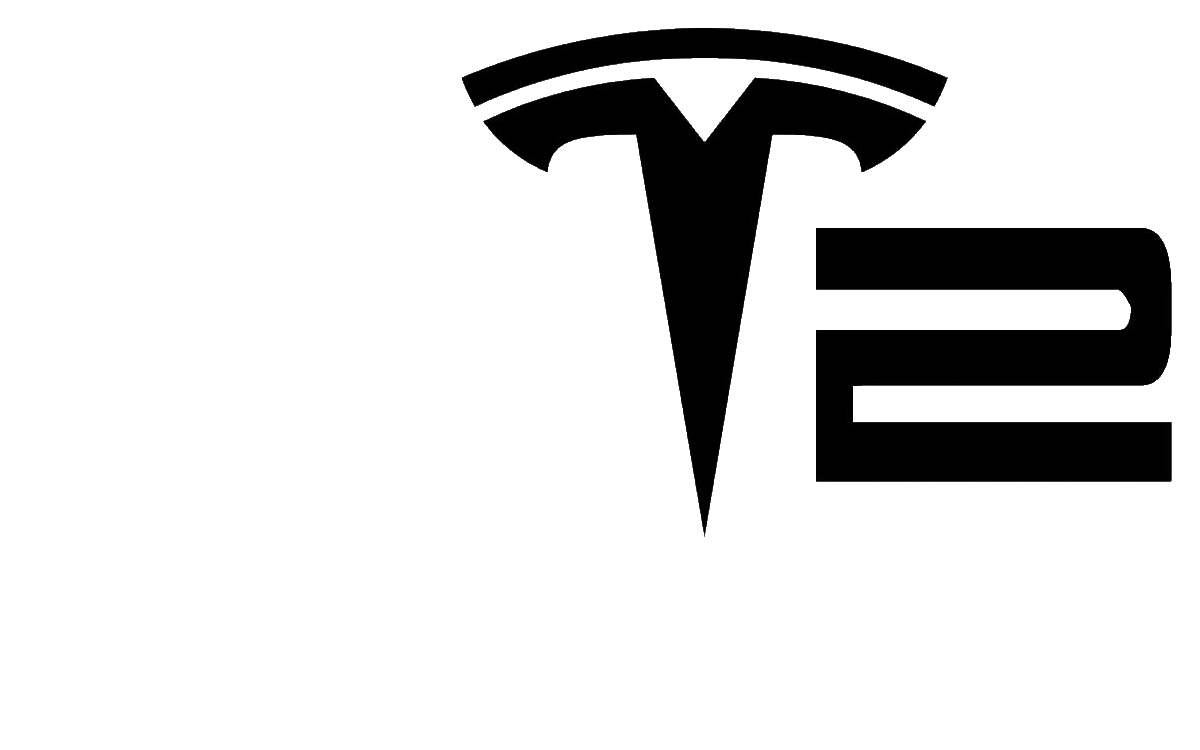ajdelange
Well-known member
- First Name
- A. J.
- Joined
- Dec 8, 2019
- Threads
- 1
- Messages
- 1,801
- Reaction score
- 318
- Location
- Virginia/Quebec
- Vehicles
- Tesla X LR+, Lexus SUV, Toyota SR5, Toyota Landcruiser
- Occupation
- EE (Retired)
Yes, it'[s the same "motors" which are really "motor/genrerators". They are "four quadrant" machines in that they can produce torque in either direction whilst rotating in either direction.
When you take your foot off the skinny pedal several forces act upon the vehicle.
1)Gravity if you are on grade
2)Air drag
3)Tire, wheel and bearing resistance
4)Engine/motor resistance.
The vehicle delivers energy to each of these loads.
If going up hill potential energy is put into the car and detracts from the car's kinetic energy (it slows down). If going down hill the potential energy in the car is converted to kinetic energy (it speeds up). Pushing the air out if the way warms it and converts kinetic energy to heat. The car slows. The bearings and tires are warmed. Kinetic energy is lost to this process and the car slows.
If the vehicle is in gear the motor will be turning at the rate the tires spin increased by the gearing ratio. When a piston comes down air is drawn in which requires that PV work be done on it. When the piston goes up this compresses the air which requires more PV work. In an automobile when the skinny pedal is released a flapper valve closes the intake manifold so not much air is taken in and not much PV work is done. Probably as much energy goes into the internal engine bearings, valve springs etc. In a diesel it's a different matter. A full charge of air is taken in and quite a bit of work is done. A Jake brake opens the exhaust valve at the top of the compression stroke so that the PV work gets wasted as heat (and noise). The engine is thus able to provide quite a bit of negative thrust and help maintain safe speed on down grades and annoy the populace. in an automobile the air does get released during the exhaust stroke but not much energy is thus wasted, In a car with an automatic transmission most of the wasted energy is probably dissipated warming the transmission fluid. In a BEV the energy transmitted to the motor gets converted back to electricity,
Obviously there are plenty of people who don't understand fully what regen is doing for them. They are dismissive of or even hostile to regen and some OEMs allow it to be turned off. Tesla is not one of those.
When you take your foot off the skinny pedal several forces act upon the vehicle.
1)Gravity if you are on grade
2)Air drag
3)Tire, wheel and bearing resistance
4)Engine/motor resistance.
The vehicle delivers energy to each of these loads.
If going up hill potential energy is put into the car and detracts from the car's kinetic energy (it slows down). If going down hill the potential energy in the car is converted to kinetic energy (it speeds up). Pushing the air out if the way warms it and converts kinetic energy to heat. The car slows. The bearings and tires are warmed. Kinetic energy is lost to this process and the car slows.
If the vehicle is in gear the motor will be turning at the rate the tires spin increased by the gearing ratio. When a piston comes down air is drawn in which requires that PV work be done on it. When the piston goes up this compresses the air which requires more PV work. In an automobile when the skinny pedal is released a flapper valve closes the intake manifold so not much air is taken in and not much PV work is done. Probably as much energy goes into the internal engine bearings, valve springs etc. In a diesel it's a different matter. A full charge of air is taken in and quite a bit of work is done. A Jake brake opens the exhaust valve at the top of the compression stroke so that the PV work gets wasted as heat (and noise). The engine is thus able to provide quite a bit of negative thrust and help maintain safe speed on down grades and annoy the populace. in an automobile the air does get released during the exhaust stroke but not much energy is thus wasted, In a car with an automatic transmission most of the wasted energy is probably dissipated warming the transmission fluid. In a BEV the energy transmitted to the motor gets converted back to electricity,
Obviously there are plenty of people who don't understand fully what regen is doing for them. They are dismissive of or even hostile to regen and some OEMs allow it to be turned off. Tesla is not one of those.
